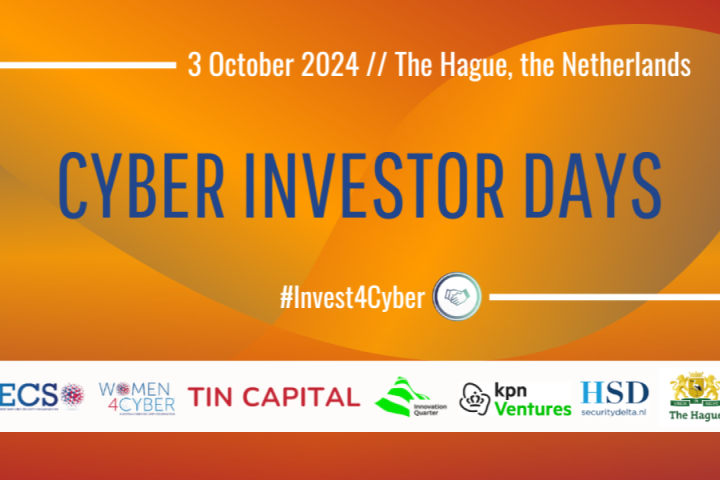Judicial Information Service (Justid) Opens Algorithm Register
The Judicial Information Service (Justid) is one of the first organisations within the Ministry of Justice and Security (JenV) to make an algorithm register available on its website. With this register, Justid wants to provide insight into the algorithms used by the organisation and how they contribute to the service. Justid also contributed to setting up other algorithm registers within JenV. JenV's algorithm registers were officially launched last Thursday with a joint 'push of a button' in The Hague.
Data Scientist Demi Lamers and Personal Information Manager Marion Koopman were involved on behalf of Justid in the design and initial implementation of the algorithm register. “We hope that by offering more transparency about the use of algorithms we can contribute to more insight and understanding.”
Justid is one of the first organisations to start publishing algorithms, together with a.o. the NFI and the CJIB. An algorithm is a kind of recipe; it is a number of steps that a computer program performs to achieve a goal. Demi: “We think it is important to be transparent and to show that we use algorithms. They really help us in our work. They make a positive contribution to our services: for example, they can ensure that a task is carried out quickly yet accurately.” According to Marion, algorithms are intertwined in organisations and in daily life. “If you get a cup of coffee from a vending machine, you are already using an algorithm.”
The first descriptions of algorithms published by Justid in the algorithm register are used at Justid's Personal Information Department. They are used in the provision of information surrounding the detention of convicted persons and in the registration of persons in the Criminal Justice Database (SKDB). Marion: "We use algorithms to - where possible - automatically compare data sets." This is necessary, according to Marion, because chain partners like to have clarity quickly when determining someone's identity. "What is important is that you should always be able to call in an employee, for example, if a situation becomes too complex for an algorithm." As an example, she gives the algorithm associated with the SKDB. "The algorithm automatically engages an employee if there is doubt about the identity of the person."
According to Marion, the main reason the algorithm registry was set up is because of transparency. She thinks it is good to clarify what an algorithm does and what it does not do. “We want to make it clear to society what an algorithm does and why we use an algorithm.” Demi: “The algorithm register on the website starts with two general and accessible questions. Everyone should be able to see: this is the task we perform and this is why we use an algorithm for it. That's the main message. Then there are a number of more in-depth questions. “
Source: https://www.justid.nl/actueel/nieuws/2023/04/11/justid-start-met-algoritmeregister























